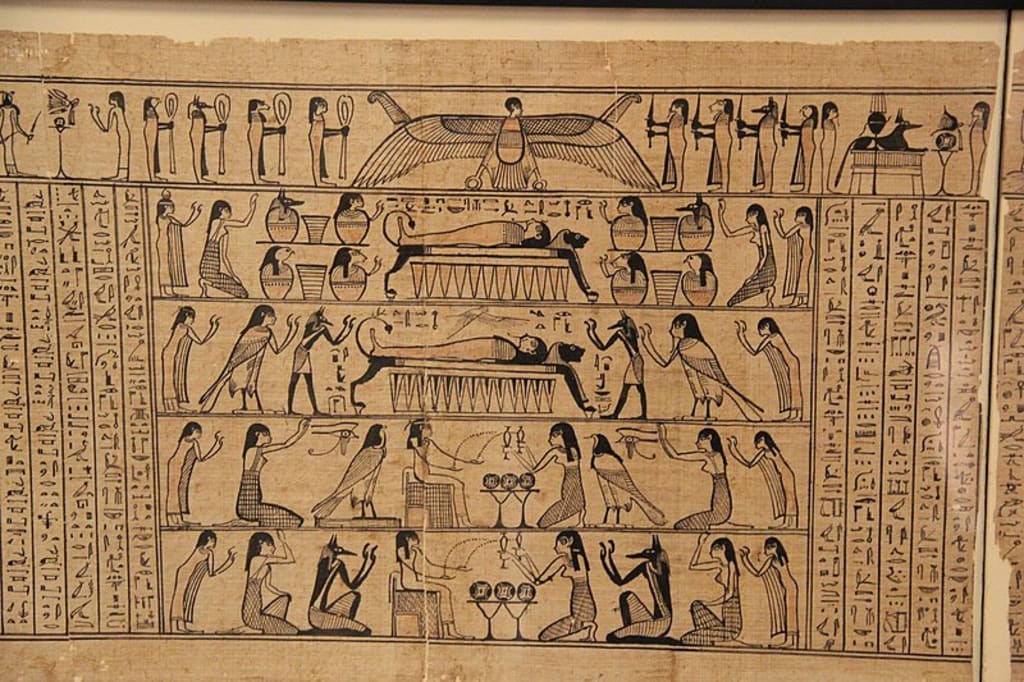Phoenician Alphabet: The Legacy of Ancient Writing
History

The Phoenician alphabet is one of the most significant innovations in the history of writing. Originating around the 11th century BCE, this script revolutionized written communication and laid the foundation for many modern alphabets. This article explores the origins, development, structure, and enduring legacy of the Phoenician alphabet.
Origins and Historical Context
The Phoenician alphabet emerged in the ancient civilization of Phoenicia, located along the coastal regions of modern-day Lebanon, Syria, and northern Israel. The Phoenicians were renowned maritime traders and navigators, facilitating cultural and commercial exchanges across the Mediterranean. The development of their alphabet was influenced by earlier writing systems, particularly Egyptian hieroglyphics and the proto-Canaanite script.
The need for a more practical and efficient writing system was driven by the demands of commerce and trade. The Phoenicians required a script that could be easily learned and used for recording transactions, contracts, and correspondence with diverse cultures they encountered.
Structure and Characteristics
The Phoenician alphabet is notable for its simplicity and efficiency. It consists of 22 characters, each representing a consonant sound. Key features include:
- Consonantal Alphabet: The Phoenician script is an abjad, meaning it primarily represents consonants, with vowel sounds inferred from context. This was a significant departure from the complex syllabic and logographic systems of its predecessors.
- Linear and Cursive Form: The characters are linear and can be written in a cursive style, facilitating quick and efficient writing. This adaptability made it suitable for use on various media, including papyrus, pottery, and stone.
- Direction of Writing: Initially, the script was written from right to left, a convention that influenced many subsequent alphabets.
The alphabet's straightforward design made it accessible and easy to learn, contributing to its widespread adoption.
Spread and Influence
The Phoenician alphabet's spread is closely tied to the extensive trade networks of the Phoenician people. As they established colonies and trading posts across the Mediterranean, the alphabet disseminated and influenced various cultures and regions:
- Greek Alphabet: The most notable adaptation of the Phoenician script was by the Greeks, who modified it to include vowel sounds, creating the first true alphabet. This adaptation laid the groundwork for the development of the Latin alphabet, which underpins most Western writing systems today.
- Aramaic Alphabet: The Aramaic script, derived from Phoenician, became widely used in the Near East and served as a precursor to Hebrew, Syriac, and Arabic scripts.
- Other Adaptations: The Phoenician script influenced various other writing systems, including those of the Etruscans and the Berbers. Its principles of alphabetic writing spread far beyond the Mediterranean basin.
Cultural and Historical Significance
The Phoenician alphabet's impact extends beyond its immediate practical applications:
- Cultural Exchange: The script facilitated cultural and intellectual exchange by providing a common medium for communication across diverse linguistic and cultural groups. It played a crucial role in the transmission of ideas, knowledge, and literary traditions.
- Record Keeping and Administration: The efficiency of the Phoenician alphabet improved record-keeping and administrative practices, essential for managing the complexities of trade and governance in ancient societies.
- Linguistic Evolution: By simplifying the process of writing, the Phoenician alphabet accelerated the evolution of written languages and contributed to the development of literacy and education.
Legacy and Modern Relevance
The legacy of the Phoenician alphabet is evident in the widespread use of alphabetic writing systems today:
- Foundation of Modern Alphabets: The principles of the Phoenician script are embedded in many modern alphabets, including Latin, Greek, Arabic, and Hebrew. These alphabets have shaped the written expression of countless languages and cultures.
- Historical Scholarship: The study of the Phoenician alphabet has provided valuable insights into the history of writing, linguistics, and ancient civilizations. It remains a subject of scholarly research and fascination.
- Cultural Heritage: The Phoenician alphabet is a testament to the ingenuity and adaptability of human communication. It underscores the profound impact that a simple yet powerful innovation can have on the course of history.
Conclusion
The Phoenician alphabet stands as a monumental achievement in the history of writing. Its development and dissemination not only revolutionized written communication in the ancient world but also laid the foundation for the alphabets that we use today. As a symbol of cultural exchange, intellectual advancement, and linguistic evolution, the Phoenician alphabet continues to be a cornerstone of human civilization's enduring legacy.
About the Creator
Marveline Merab
“History never repeats itself. Man always does.”
― Voltaire
Enjoyed the story? Support the Creator.
Subscribe for free to receive all their stories in your feed. You could also pledge your support or give them a one-off tip, letting them know you appreciate their work.






Comments
There are no comments for this story
Be the first to respond and start the conversation.